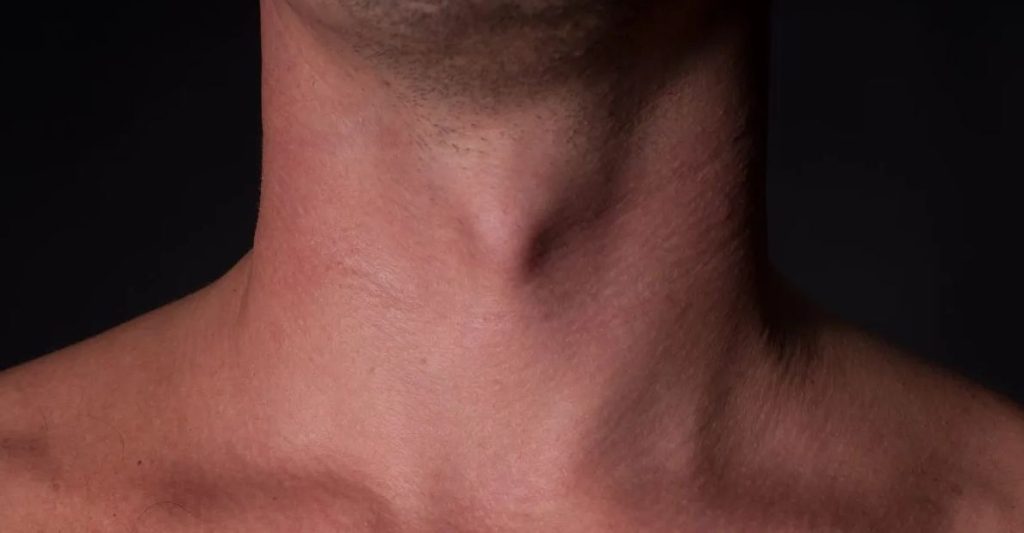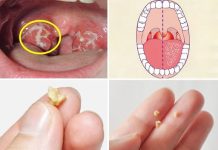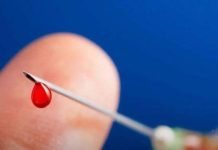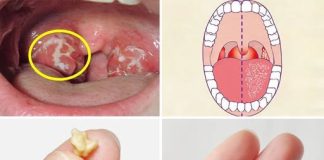The Adam’s apple also called the laryngeal prominence is a visible lump in the front of the throat, created by the angles of the thyroid cartilage. It surrounds and partly shields the larynx, or voice box. Everyone has this structure to some degree, though it is often more noticeable in men than in women.
Its name comes from folklore: according to one tradition, a piece of the forbidden fruit in the Genesis story became lodged in Adam’s throat and remained there, thus marking him forever. While that is myth, the anatomical prominence exists in all humans.
Function & Role in Voice Protection
One primary purpose of the thyroid cartilage (which forms the Adam’s apple) is to protect the delicate vocal cords contained within the larynx. The cartilage acts as a shield, reducing the risk of injury to the vocal folds from external pressure or impacts. Beyond protection, the structure and proportions of the cartilage influence voice pitch. In males, a larger thyroid cartilage tilts forward more and lengthens the vocal folds, which contributes to a deeper tone. Thus, the size and shape of the Adam’s apple can play an indirect role in vocal characteristics.

How It Develops Over Time
At birth, everyone possesses thyroid cartilage, but the prominence is minimal and usually not noticeable. During puberty, hormonal changes, especially rising testosterone levels in males, drive accelerated growth of the larynx and associated cartilage. This causes the protrusion of the Adam’s apple to become more defined and visible. Because females generally experience lower levels of those hormones, their thyroid cartilage grows less dramatically and remains more recessed. That is why, in most cases, the Adam’s apple is less obvious or practically invisible in women, though it is still present anatomically.
Why Its Prominence Varies
Not all Adam’s apples look the same. Differences in size and visibility depend on several factors:
- Genetics: inherited traits dictate how large the thyroid cartilage grows and its angle.
- Hormone levels: amounts of testosterone or hormone therapy can influence how much the cartilage develops.
- Neck anatomy and fat distribution: among people with similar cartilage, the overlying tissue and neck shape affect how pronounced the bump appears.
- Age and calcification: as we age, the cartilage may stiffen or calcify, making its shape more defined or rigid.
- Because of these variations, some men have a very prominent Adam’s apple while others have one barely noticeable; some women may also show a faint protrusion under favorable anatomical conditions.
When It Becomes a Concern
Although the Adam’s apple itself is cartilage and rarely causes symptoms, discomfort or soreness in that region often points instead to nearby tissues:
- Muscle tension: the neck has many muscles anchoring around the throat. Overuse, bad posture, or prolonged strain (e.g. from looking down at devices) can cause tightness near the Adam’s apple area.
- Throat tension: anxiety, vocal strain, allergies or throat inflammation can create a feeling of tightness or pressure in the throat region.
- Thyroid issues: since the thyroid gland lies just beneath the cartilage, disorders like goiter, hyperthyroidism, or hypothyroidism may cause swelling, pain, or changes near the Adam’s apple.
- Infections or inflammation: conditions such as laryngitis, pharyngitis, or other throat infections can make the region sore, especially when swallowing.
- Serious conditions: in rare cases, tumors of the larynx or surrounding structures can manifest as growth or pain near the Adam’s apple. Persistent symptoms or changes in voice should be evaluated.
If discomfort or symptoms persist, worsen, or combine with difficulty breathing or swallowing, it is wise to consult a healthcare provider.
Cosmetic Changes & Surgical Options
Some people choose to modify the visibility of their Adam’s apple for cosmetic or gender-affirming reasons. One common procedure is chondrolaryngoplasty, often called a “tracheal shave,” in which excess cartilage is trimmed to reduce the projection. This surgery can help people whose prominent Adam’s apple feels out of alignment with their personal appearance. More advanced techniques exist as well: for example, a transoral chondrolaryngoplasty is a scarless approach performed from inside the mouth, avoiding an external neck incision and yielding a smoother finish. These surgeries, when performed by skilled specialists, are generally safe, though voice changes or complications are possible and should be discussed thoroughly before proceeding.

Final Insights
The Adam’s apple is a natural anatomical feature with protective and acoustic roles — and its prominence varies widely among individuals. While usually harmless, it can signal underlying issues when accompanied by pain or voice change. For those uncomfortable with its appearance, surgical options offer possibilities for reshaping or reducing its visibility. Yet in all cases, understanding how the structure works and what it represents helps demystify it and encourages informed decisions about health and self-image.

















